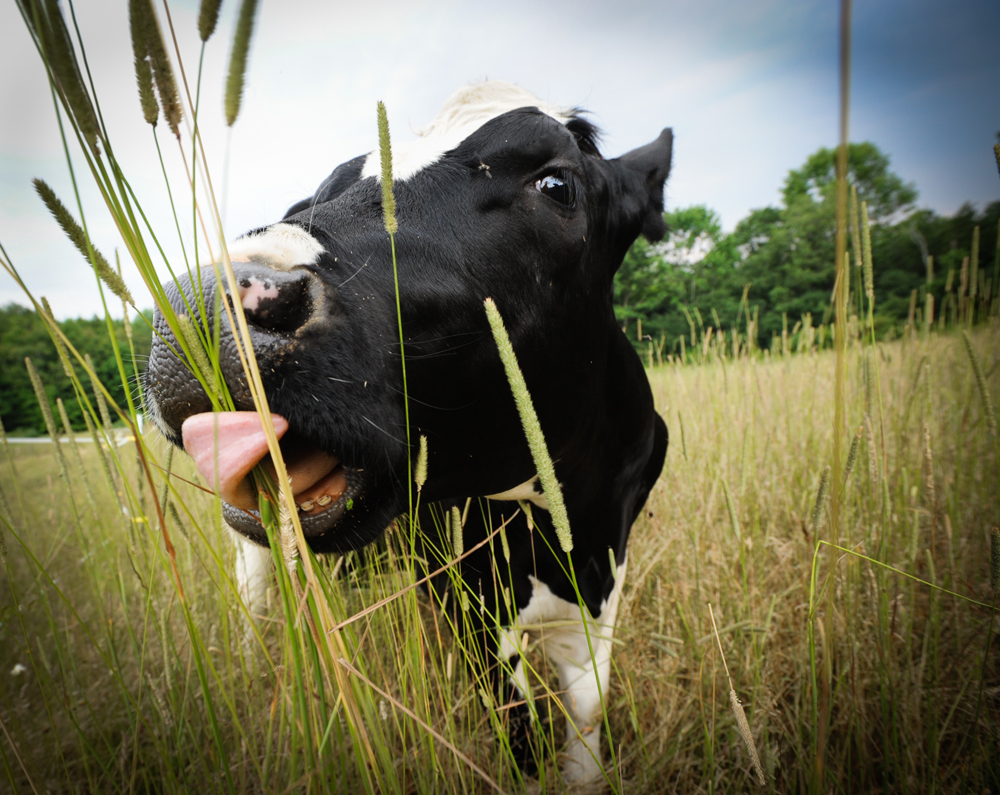 Released in 2013, The Ghosts in Our Machine is one in this new wave of documentaries which aims to increase awareness of animal sentience (and suffering) and encourage people to take action. For advocacy-focused documentaries it is important that the film reaches as many people as possible and that it successfully converts viewers and enlightens them to a new way of seeing the world. The Humane Research Council (now Faunalytics) and the Ghosts team collaborated to assess whether the film met these objectives by gathering data on how many people watched the documentary and conducting surveys to determine what impact the documentary had on them.
Released in 2013, The Ghosts in Our Machine is one in this new wave of documentaries which aims to increase awareness of animal sentience (and suffering) and encourage people to take action. For advocacy-focused documentaries it is important that the film reaches as many people as possible and that it successfully converts viewers and enlightens them to a new way of seeing the world. The Humane Research Council (now Faunalytics) and the Ghosts team collaborated to assess whether the film met these objectives by gathering data on how many people watched the documentary and conducting surveys to determine what impact the documentary had on them.
In a 72-hour study period, more than 4,500 people in over 90 countries viewed the film. Even more encouraging, while 58-59% of these viewers were already animal advocates, an impressive 96% of respondents said that after seeing the film they felt animal rights are an important social justice issue and 92% said the film positively influenced their belief that animals are sentient! This data, along with summaries of the development process can now be found in the official Impact Report.
While the report is replete with accolades for the film and will make you want to run to your nearest portable device to stream it (like I did), it is also full of take home messages for advocates launching their own campaigns, whether their campaigns revolve around a documentary or not. Here are some of the key lessons that stood out to us:
- Leverage social media by making an initiative shareable. From the early development stages of the Ghosts’ campaign, social media, specifically Facebook, was a major tool to mobilize and engage their audience. The Facebook page allowed people to follow behind-the-scenes as the film was developed, and shareable stories were released at regular intervals. People are more likely to share content that they identify with and feel is a reflection of themselves or statement of their values, so keep this in mind when creating content for a campaign you want to see shared on social media.
- Engage and empower, rather than shock and traumatize. The Ghosts’ producers state that their goal was to “engage viewers and to pose questions, and not to shock or traumatize them,” and this goal became an important factor in allowing The Ghosts in Our Machine to speak beyond the converted. While the movie is not without a number of difficult scenes, these scenes are bookended with positive footage of rescued animals, giving the film a tone that is empowering rather than accusatory. This tone helped the documentary reach and engage a broader audience than just existing advocates alone.
- Don't just state the facts, tell a story. The Ghosts in Our Machine, rather than simply listing the numerous atrocities brought upon non-human animals by humans, develops a clear narrative focused on a relatable and likable protagonist, photographer Jo-Anne McArthur. McArthur brings the audience along on her journeys to photograph animals—including those still being used by industry and those who have been rescued—and to give these photographs broader exposure. Likewise, the social media campaign prior to the film’s release leveraged this narrative and protagonist as well. The narrative gave the film a magnetism because, like any good story, the audience is anxious to know what will happen next and how the story will end. This use of narrative is something that all animal advocates can also easily incorporate into their campaigns to make them more engaging.
- Monitor and evaluate. At the end of the day, we cannot continue to become more effective in our work if we don’t know what’s working and what isn’t. The Impact Report for The Ghosts in Our Machine is useful because it lets us see what aspects worked for the film and can be replicated elsewhere, and also serves as an example of how advocates can evaluate the success of their own work. Never performed an evaluation of a campaign before? Not to worry! We’ve got you covered with an entire module in our free Strategic Advocacy Course dedicated to the process of monitoring and evaluation, which you can access here.
Does your organization incorporate social media, story-telling, and monitoring and evaluation into your advocacy strategy? If so, tell us about your experience in the comments below!
Photo credit: Sonny at Farm Sanctuary. Image © Ghosts in Our Machine/We Animals. Ghosts in Our Machine Toolkit

